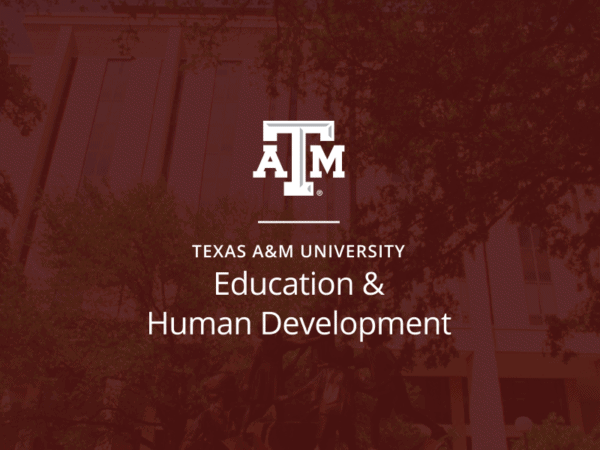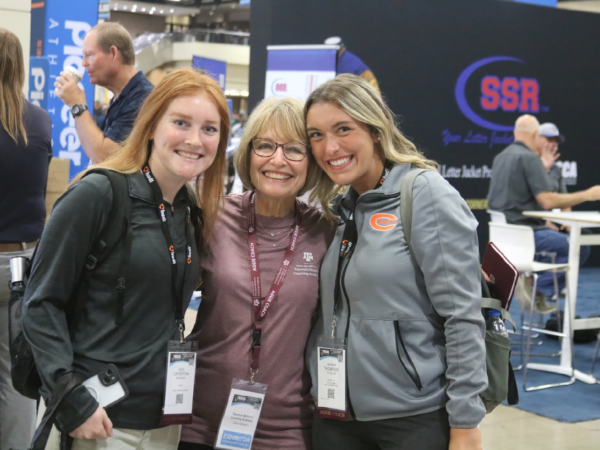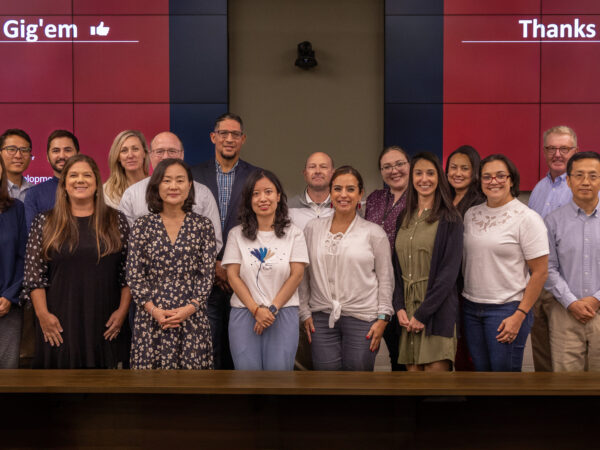
Belgian Economic Mission Helps To Further Research
The Department of Health and Kinesiology (HLKN) will be reaping the rewards of an economic pairing between the university and the country of Belgium through a partnership called the Belgian Economic Mission. Her Royal Highness Princess Astrid of Belgium visited campus Wednesday to attend the event.
There were 11 agreements signed between Belgian companies and entities at Texas A&M. HLKN will be working with two Belgian companies, Vésale and DIM3, conduct research and development.
“It’s a great honor to be able to work and collaborate with this great economic mission that attracts and supports the effort for conducting research here,” said HLKN Department Head Dr. Richard Kreider.
Vésale is a Belgian pharmaceutical company, active today in more than 40 countries worldwide. Clinical research with Vésale will revolve around studies on probiotic supplements.
DIM3 stands for the third dimension of Disease Integrated Management, a unique medical device that is designed to combat malnutrition thanks to its biosensor technology that carefully tracks patients’ nutrition from hospital to home. Work with DIM3 looks to, in collaboration with the College of Engineering, develop a “bio-re-coder” device to validate use in health and clinical patient populations for outpatient use.
“We hope that we conduct some quality research and help these companies develop products that will help improve quality of life,” said Dr. Kreider. “The goal is to use the research based products that can be used by the public to help others.”
Much of this research will happen at the university’s new Human Clinical Research Facility. Housing HLKN’s Exercise and Sport Nutrition Laboratory and Center for Translational Research in Aging and Longevity, the HCRF will have its grand opening in April of next year.
“We have an advantage of doing this kind of research in our labs because we can participate in all four phases of clinical trials. This means we can move from cells to animal testing to pilot studies in humans, all the way to large scale testing. There aren’t many places that have the capability to do all four,” said Dr. Kreider.
Written by Justin Ikpo (cehdcomm@tamu.edu)
For media inquiries, contact Ashley Green.














